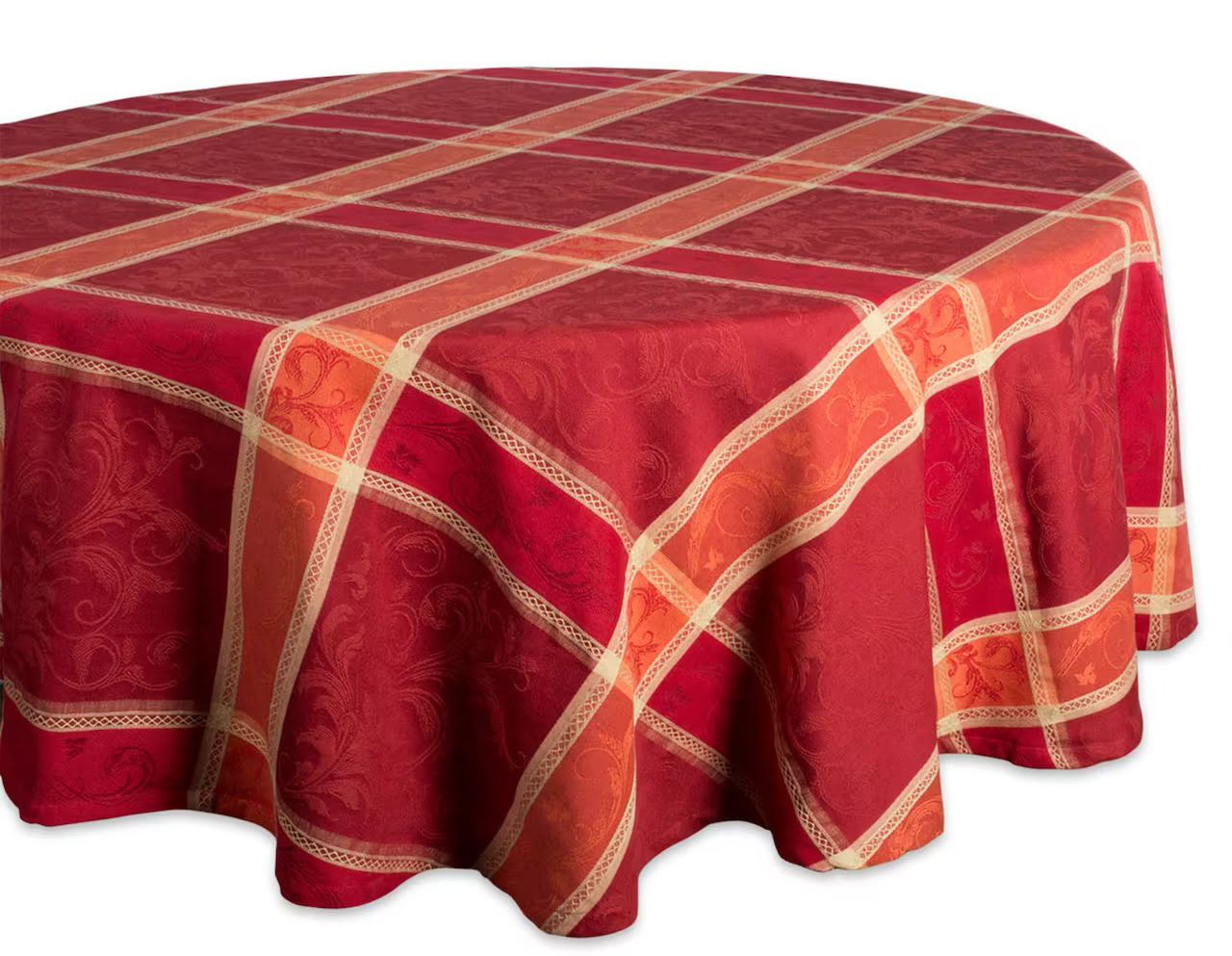

Tableware
How To Make A Round Tablecloth
Modified: February 24, 2024
Learn how to make a round tablecloth with our step-by-step guide. Discover the best tips and tricks for tableware and elevate your dining experience.
(Many of the links in this article redirect to a specific reviewed product. Your purchase of these products through affiliate links helps to generate commission for Storables.com, at no extra cost. Learn more)
Introduction
Welcome to the world of tableware where even the smallest details can make a big difference. When it comes to creating an inviting and stylish table setting, one essential item you shouldn’t overlook is a tablecloth. Not only does a tablecloth protect your table’s surface from spills and scratches, but it also adds a touch of elegance and sophistication to any dining experience.
If you have a round table, finding a perfectly fitted tablecloth can sometimes be a challenge. However, fear not! In this article, we will guide you through the step-by-step process of making a round tablecloth that precisely fits your table’s dimensions. Whether you want to showcase your unique style or simply need a practical solution for your round table, we’ve got you covered.
Before we dive into the details, let’s take a moment to discuss the importance of choosing the right fabric. The fabric you select for your tablecloth sets the tone for your table setting and plays a crucial role in ensuring its durability and functionality. So, let’s explore various fabric options and discover which one works best for your needs.
So get ready to unleash your creativity and bring a customized touch to your dining experience. With a little bit of guidance and the right materials, you’ll be able to create a stunning round tablecloth that will impress your guests and elevate your table setting to a whole new level. Let’s get started!
Key Takeaways:
- Elevate your dining experience by creating a custom round tablecloth that reflects your personal style and enhances the ambiance of your table setting. Choose the right fabric, measure accurately, and add optional embellishments for a truly unique touch.
- Show your creativity and attention to detail by making a round tablecloth that fits your table perfectly. From fabric selection to hemming and care, this guide equips you with the knowledge to craft a stunning and durable tablecloth for any occasion.
Read more: How To Make A 120-Inch Round Tablecloth
Choosing the Fabric
When selecting the fabric for your round tablecloth, there are a few factors to consider. These include the level of formality you want to achieve, the practicality of the fabric, and the overall aesthetic you desire. Here are some popular fabric options to help guide your selection:
- Cotton: Cotton is a versatile and widely-used fabric for tablecloths. It is durable, soft, and easy to care for. Cotton tablecloths are a great choice for everyday use and casual gatherings. They come in a variety of colors, patterns, and finishes, allowing you to find the perfect style for your table.
- Linen: Linen exudes a sense of elegance and sophistication. It has a natural, textured look that can elevate any table setting. Linen tablecloths are perfect for formal events and special occasions. Keep in mind that linen is more prone to wrinkles than other fabrics, but its luxurious appearance makes it worth the extra effort.
- Polyester: If you’re looking for a fabric that is wrinkle-resistant and easy to maintain, polyester is an excellent choice. Polyester tablecloths come in a wide range of colors and patterns. They are particularly suitable for outdoor events or busy households where durability is a priority.
- Silk: Silk tablecloths are a symbol of opulence and luxury. They have a smooth, lustrous finish that instantly adds glamour to any table. However, silk is delicate and more high-maintenance compared to other fabrics. Silk tablecloths are best reserved for formal events and should be handled with care.
- Vinyl or Plastic: Vinyl or plastic tablecloths are practical and easy to clean. They are a popular choice for casual settings, picnics, or outdoor events. Vinyl tablecloths come in various designs, from classic patterns to modern prints, allowing you to find one that suits your personal style.
Consider the occasion, your personal preferences, and the level of maintenance you are willing to put into the fabric when making your fabric selection. Remember, the fabric you choose will set the foundation for the overall look and feel of your tablecloth, so take your time and choose wisely.
Measuring the Table
Before you start cutting and sewing your round tablecloth, it’s essential to measure your table accurately. By taking precise measurements, you can ensure that the tablecloth fits snugly and hangs evenly around the edges of your table. Here are the steps to measure your round table:
- Diameter: Measure the diameter of your table by placing a measuring tape across the center of the table from one edge to the opposite edge. This measurement will help you determine the size of the fabric needed to cover the top of your table adequately.
- Drop Length: Decide how much drop length you want your tablecloth to have. The drop length refers to the portion of the fabric that hangs down from the edge of the table. It can vary depending on personal preference and the desired style. Common drop lengths range from 6 to 15 inches, but you can adjust it based on your table’s height and your aesthetic preference.
- Hem Allowance: Consider the hem allowance when calculating the final size of your fabric. The hem is the folded and sewn edge of the tablecloth that provides a clean and finished look. Add the desired hem allowance to both the diameter and the drop length measurements to ensure that you have enough fabric for hemming.
Once you have gathered these measurements, you can move on to determining the size of fabric needed to make your round tablecloth.
Keep in mind that if your table has an unusual shape or features, such as extensions or curves, you may need to adjust your measurements accordingly. Additionally, if you plan to use a tablecloth with a pattern, consider centering the pattern on the fabric to create a visually pleasing result.
By measuring your table accurately, you’ll be able to create a round tablecloth that fits perfectly and enhances the overall look of your table. So grab your measuring tape and let’s move on to the next step!
Determining the Tablecloth Size
Now that you have the measurements of your round table, it’s time to calculate the size of fabric needed to make your tablecloth. To determine the tablecloth size, follow these steps:
- Calculate the Tablecloth Diameter: Add the desired drop length to both sides of the table diameter measurement. For example, if your table has a diameter of 48 inches and you want a 10-inch drop length, the tablecloth diameter will be 48 + 10 + 10 = 68 inches.
- Calculate the Fabric Size: To determine the fabric size, add the desired drop length to both sides of the calculated tablecloth diameter. Using the previous example, if the tablecloth diameter is 68 inches and the drop length is 10 inches, the fabric size will be 68 + 10 + 10 = 88 inches.
- Account for Hem Allowance: Remember to consider the hem allowance as you cut the fabric. Typically, a hem allowance of 1-2 inches is sufficient. So, subtract twice the hem allowance from the fabric size. If you’re using a 1-inch hem allowance, subtract 2 inches from the fabric size to ensure enough fabric for hemming.
By following these steps, you will determine the ideal fabric size needed for your round tablecloth. It’s always a good idea to double-check your calculations and make any necessary adjustments based on personal preferences and the fabric’s drapeability. Additionally, if you’re using a fabric with a pattern, consider how the pattern will align and center on the tablecloth.
Now that you know the size of fabric required, it’s time to prepare the fabric for cutting and sewing. Let’s move on to the next step!
Preparing the Fabric
Before you start cutting the fabric for your round tablecloth, it’s important to prepare it to ensure a clean and professional-looking finish. Here are some steps to follow during the fabric preparation process:
- Wash and Iron: If your fabric is washable, it’s recommended to wash it before starting the project. This helps to remove any dirt or sizing and ensures that the fabric won’t shrink after sewing. Follow the care instructions on the fabric label for washing and drying. After washing, iron the fabric to remove any wrinkles and create a smooth surface for cutting.
- Prewash: Some fabrics, such as cotton and linen, have a tendency to shrink. Prewashing the fabric before cutting will help prevent any shrinkage once the tablecloth is complete. Follow the manufacturer’s instructions for prewashing the fabric, and be sure to iron it afterwards.
- Layout and Alignment: Lay the fabric flat on a large, clean surface, such as a cutting mat or table. Smooth out any wrinkles and ensure that the fabric is aligned properly. If you’re using a fabric with a pattern, take the time to center the pattern, if desired, by folding the fabric in half and aligning the pattern along the fold.
- Secure the Fabric: To prevent shifting while cutting, it’s helpful to secure the fabric in place. You can use fabric weights, pins, or weights placed on top of the fabric. This will ensure that the fabric stays in position and that you achieve accurate and precise cuts.
By properly preparing the fabric before cutting, you’ll achieve better results and a more polished look for your round tablecloth. Take your time during this step to ensure that the fabric is clean, smooth, and correctly positioned. Now that your fabric is ready, it’s time to move on to cutting the round shape of your tablecloth.
When cutting the fabric for a round tablecloth, use a large piece of paper or cardboard to create a template for the desired size. This will ensure a perfect, symmetrical shape.
Read more: How Are Round Tablecloths Measured
Cutting the Round Shape
Now that you have prepared the fabric, it’s time to cut the round shape for your tablecloth. Follow these steps to ensure precise and clean cuts:
- Create a Center Point: Fold your fabric in half twice to find the center. This will help you create an accurate and symmetrical round shape. Mark the center point with a fabric marker or pin.
- Determine the Radius: To determine the radius (half of the diameter) of your round tablecloth, measure from the center point to the edge of the desired length. For example, if your desired fabric size is 88 inches, measure 44 inches from the center point to all directions.
- Mark and Cut: Use a fabric marker or chalk to mark the radius measurement at various points around the center point. This will create a circular shape. Connect the marks to create a smooth, rounded edge. Double-check the measurements and markings before cutting.
- Trim Excess Fabric: If you have excess fabric beyond the rounded shape of the tablecloth, trim it using fabric scissors. Be sure to leave enough fabric for the hemming process.
Take your time when cutting the round shape to ensure accuracy and precision. It’s always better to cut slightly larger to allow for adjustments rather than cutting too small and not having enough fabric to cover the table properly.
Once you have completed the cutting process, you’re ready to move on to hemming the edges of your round tablecloth. This step will provide a clean and finished look to your tablecloth. Let’s dive into the next step!
Hemming the Edges
Hemming the edges of your round tablecloth is an important step that adds durability and a polished finish to your creation. Here’s a guide on how to hem the edges:
- Fold and Pin: Fold the raw edge of the fabric up by the desired hem allowance (usually 1-2 inches) and pin it in place. Pinning helps keep the fabric secure as you sew.
- Iron: Use an iron to press the folded edge in place. This helps create crisp folds and ensures that the hem stays in place while sewing.
- Stitch: Sew along the folded edge, using a straight stitch, to secure the hem. You can use a sewing machine or hand sew, depending on your preference and skill level. Make sure to backstitch at the beginning and end to secure the stitches.
- Trim Excess: If there is any excess fabric beyond the stitched hem, trim it with fabric scissors. Take care not to cut too close to the stitching to avoid unraveling the hem.
- Press Again: After hemming, press the tablecloth with an iron to give it a neat and professional appearance.
By following these steps, you will achieve clean and finished edges for your round tablecloth. Hemming not only adds a decorative touch but also helps prevent the fabric from fraying and ensures the tablecloth remains intact for years to come.
Now that your round tablecloth is hemmed, it’s time to add your personal touch by embellishing it, if desired. Let’s explore some optional embellishment ideas in the next step!
Adding Embellishments (Optional)
Adding embellishments to your round tablecloth is a fantastic way to put your own personal touch and style into the design. While optional, embellishments can elevate the overall look and make your tablecloth truly unique. Here are some ideas to consider:
- Lace Trim: Adding a delicate lace trim to the hem of your tablecloth can bring a touch of elegance. Choose a lace trim that complements the color and style of your tablecloth.
- Embroidery: If you have embroidery skills or enjoy hand-stitching, consider embroidering decorative motifs, monograms, or intricate patterns onto the fabric. This adds a beautiful and personalized element to your tablecloth.
- Appliques or Patches: Apply fabric appliques or iron-on patches to create unique designs or themes. This can be especially fun for seasonal or themed table settings.
- Ruffled Edges: If you want to add a touch of whimsy, consider adding ruffles to the edge of your tablecloth. This creates a soft and feminine look that is perfect for special occasions or shabby-chic style settings.
- Contrasting Border: Sew a contrasting fabric border along the edge of your tablecloth to create visual interest and enhance the overall design. Choose a fabric that complements or contrasts with your tablecloth color.
When adding embellishments, consider the style and purpose of your tablecloth. Be mindful not to overcrowd the design and maintain a balance between the tablecloth and the overall table setting. Experiment with different ideas and techniques to bring your unique vision to life.
Remember, embellishments are optional and can be added at any point during the creation process. Now that you’ve added your personal touch, it’s important to learn how to properly care for your tablecloth to ensure its longevity. Let’s move on to the next step!
Caring for the Tablecloth
Now that you have put time and effort into creating your beautiful round tablecloth, it’s important to know how to properly care for it. By following these care instructions, you can maintain the quality and longevity of your tablecloth:
- Follow Fabric Care Instructions: Different fabrics have different care requirements. Always refer to the care label or manufacturer’s instructions for specific guidelines on washing, drying, and ironing your tablecloth. Some fabrics may be machine-washable, while others may require delicate hand washing or dry cleaning.
- Handle Stains Promptly: If you encounter any spills or stains on your tablecloth, it’s important to address them promptly. Blot the stain gently with a clean cloth or sponge, taking care not to rub it as it may spread. Use a stain remover or a solution of mild detergent and water to treat the stain, following the instructions provided by the manufacturer.
- Iron Carefully: When ironing your tablecloth, always follow the fabric care instructions. Use a medium heat setting and iron the fabric on the reverse side or with a pressing cloth to prevent any damage or visible marks on the surface of the fabric. Be cautious if you have added embellishments, as some may require special care during ironing.
- Store Properly: When not in use, store your tablecloth in a clean and dry place. Avoid folding it for long periods, as this may cause permanent creases and wrinkles. Instead, roll the tablecloth loosely or use a fabric-friendly storage container to keep it protected and ready for the next use.
- Rotate Tablecloths: If you have multiple tablecloths, consider rotating them during use. This helps distribute wear and tear evenly among your collection and ensures that each tablecloth gets a chance to shine.
By following these care instructions, you can keep your round tablecloth looking pristine and extend its lifespan. Remember to treat your tablecloth with care and handle it gently to preserve its beauty for many gatherings to come.
Now that you’re equipped with the knowledge to care for your tablecloth, let’s wrap up our journey in the next section.
Conclusion
Congratulations! You have reached the end of our guide on how to make a round tablecloth. By following the steps outlined in this article, you have learned how to choose the right fabric, measure your table accurately, determine the tablecloth size, prepare the fabric, cut the round shape, hem the edges, and even add optional embellishments. With your newfound knowledge, you are now equipped to create a custom and stylish tablecloth that fits your round table perfectly and reflects your personal style.
Remember, the fabric you choose and the style you incorporate into your tablecloth can make a significant difference in the overall look and feel of your dining experience. Whether you opt for a casual cotton tablecloth, a luxurious linen piece, or a vibrant polyester design, the possibilities are endless. Pay attention to the details, such as the hemming and added embellishments, to create a tablecloth that truly stands out and enhances your table setting.
While making your round tablecloth, don’t forget to consider the care instructions for your chosen fabric. Proper care and maintenance will ensure the longevity of your tablecloth, allowing you to enjoy it for many meals and gatherings to come. By following fabric-specific guidelines for washing, stain removal, ironing, and storage, you can keep your tablecloth looking fresh and beautiful for years.
So, unleash your creativity, embrace your personal style, and have fun as you embark on the journey of making your own round tablecloth. Showcase your individuality and create a welcoming and stylish ambiance for your guests. Whether it’s for everyday use or special occasions, your handmade tablecloth will undoubtedly elevate your dining experience and make your table a centerpiece of beauty and sophistication.
We hope this guide has been informative and inspiring. Happy tablecloth making!
Frequently Asked Questions about How To Make A Round Tablecloth
Was this page helpful?
At Storables.com, we guarantee accurate and reliable information. Our content, validated by Expert Board Contributors, is crafted following stringent Editorial Policies. We're committed to providing you with well-researched, expert-backed insights for all your informational needs.
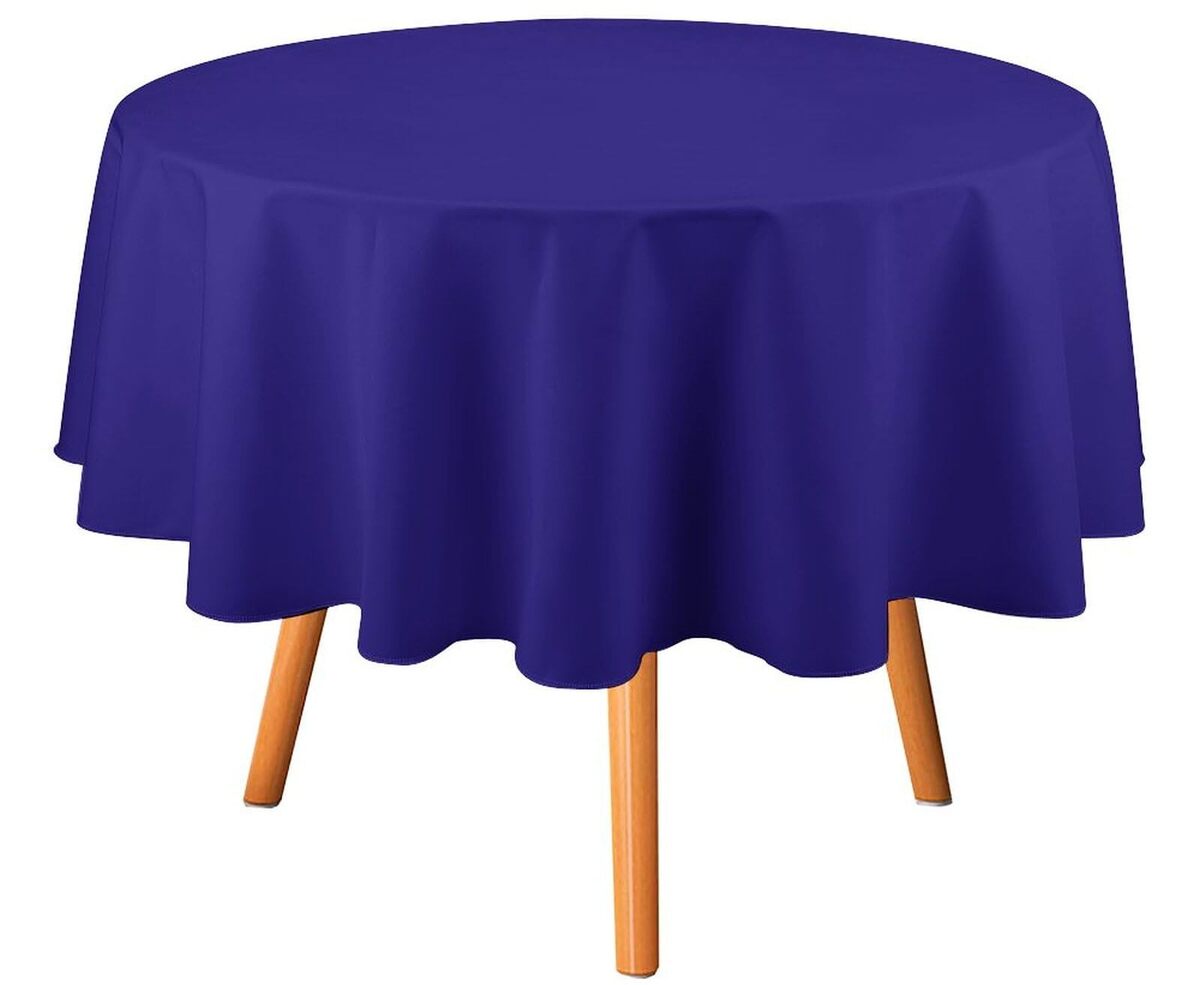
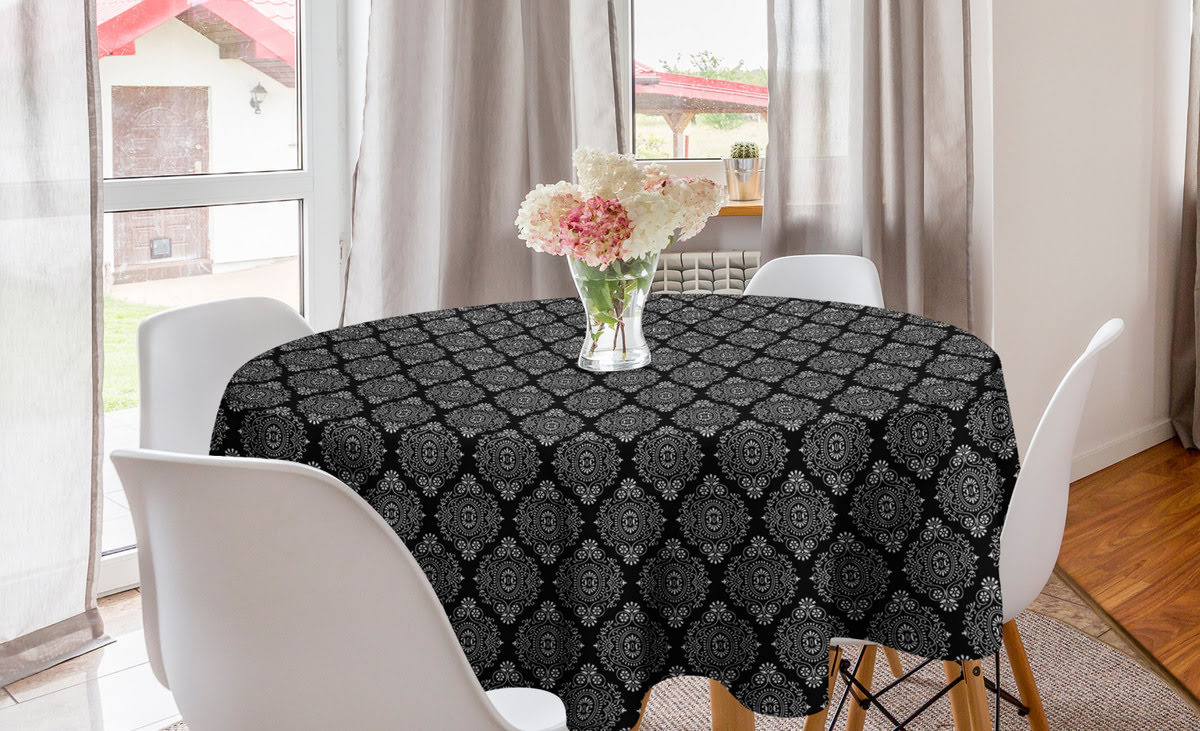
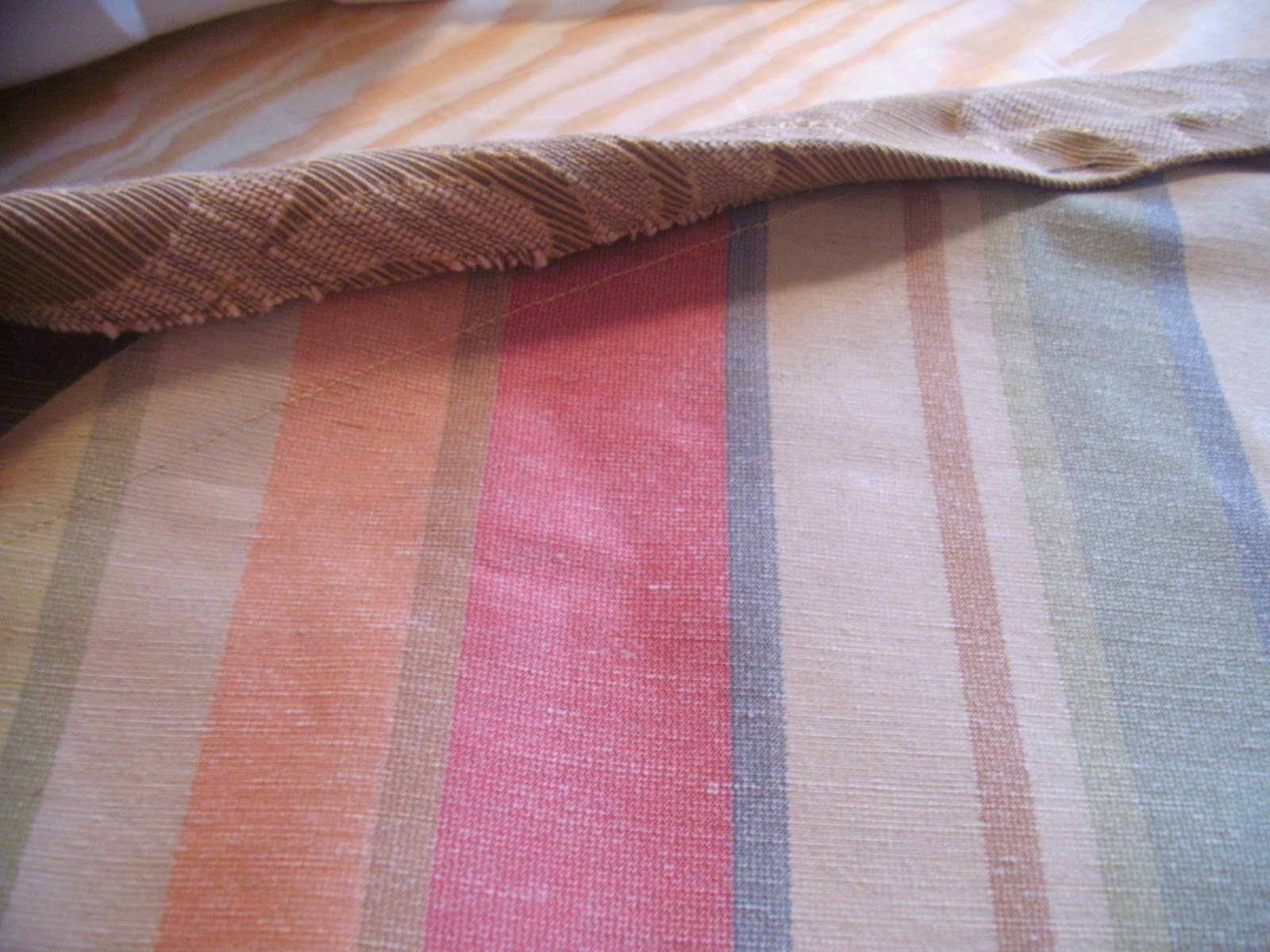
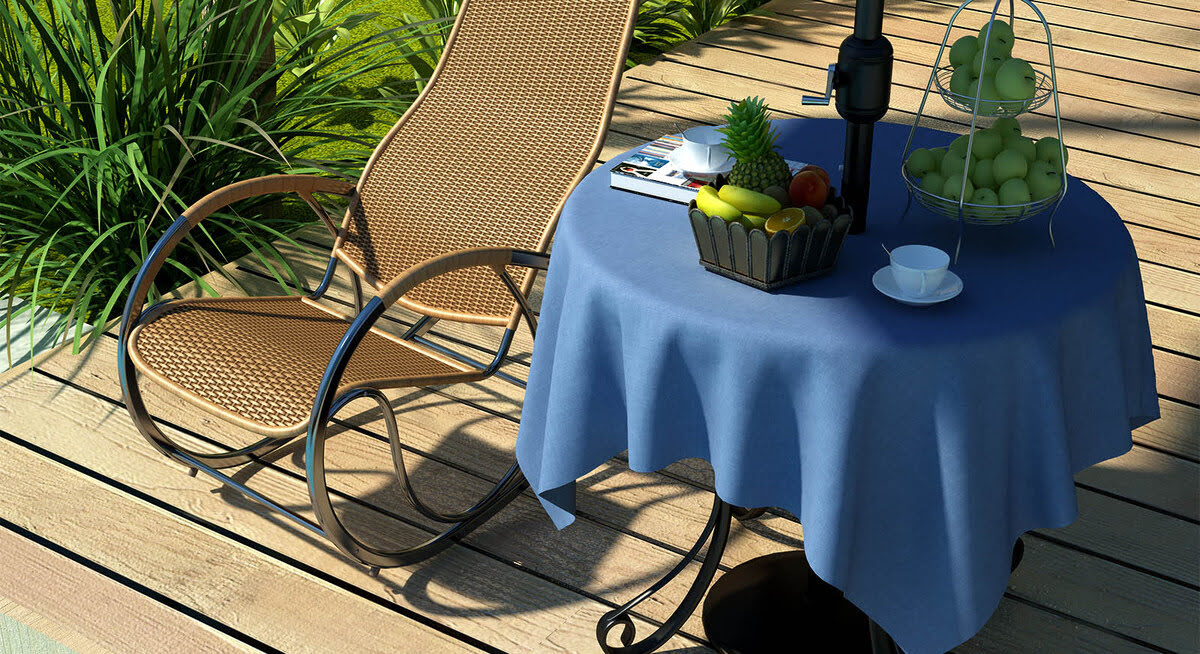
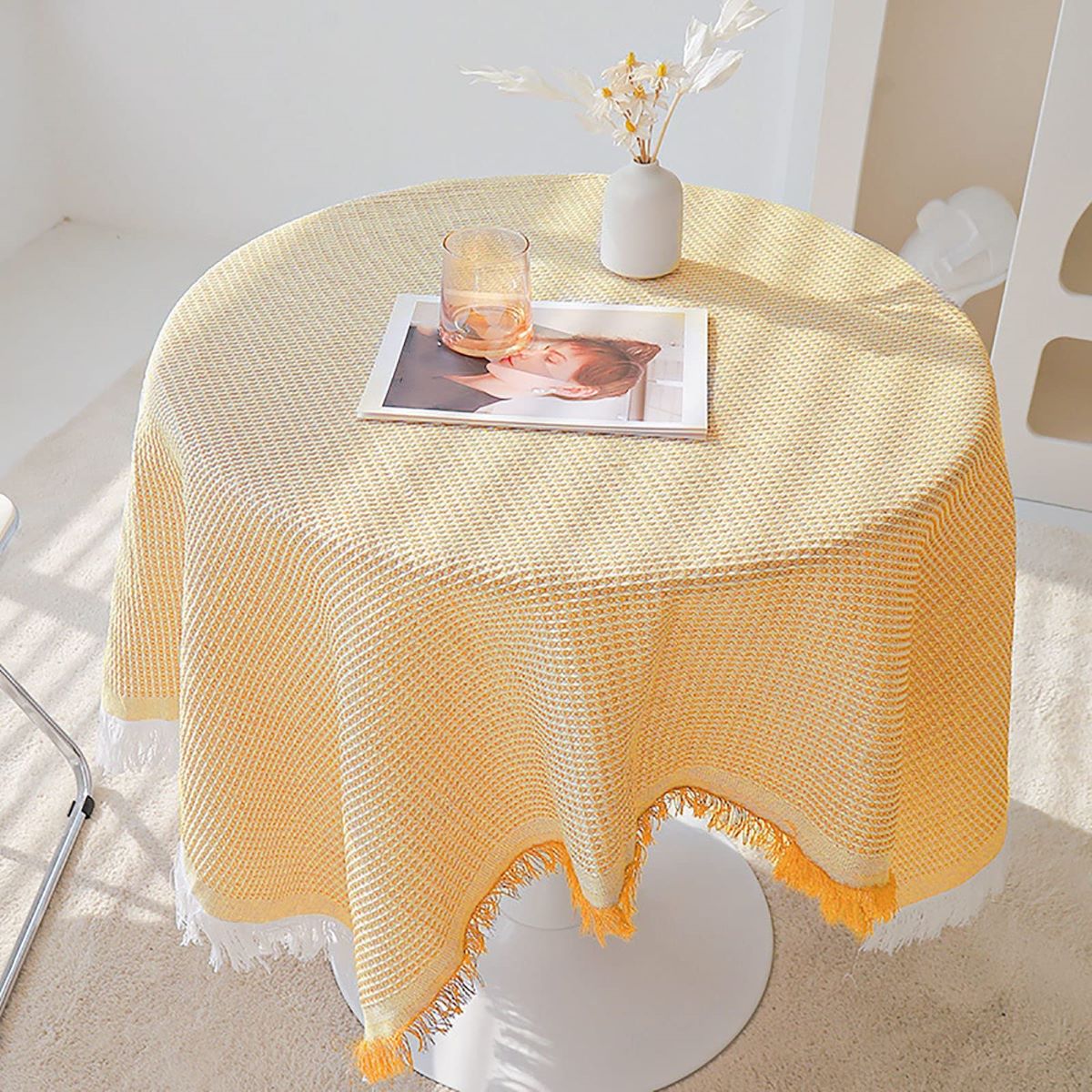
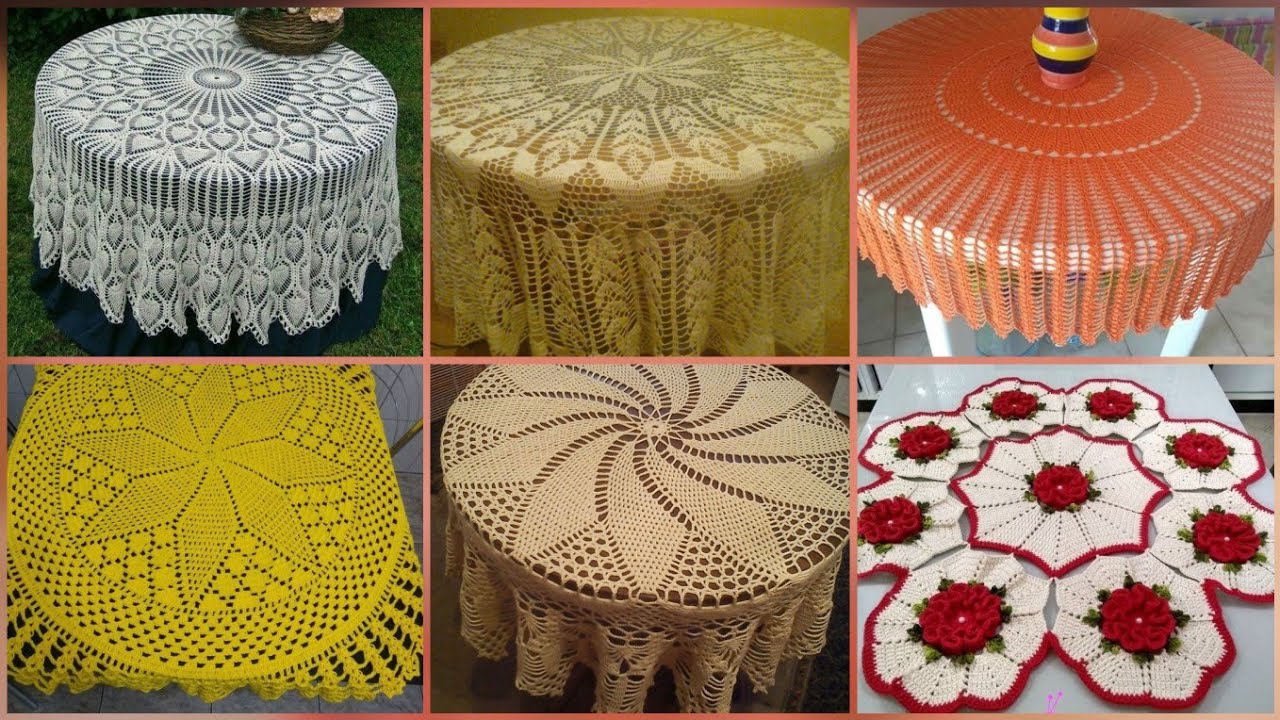
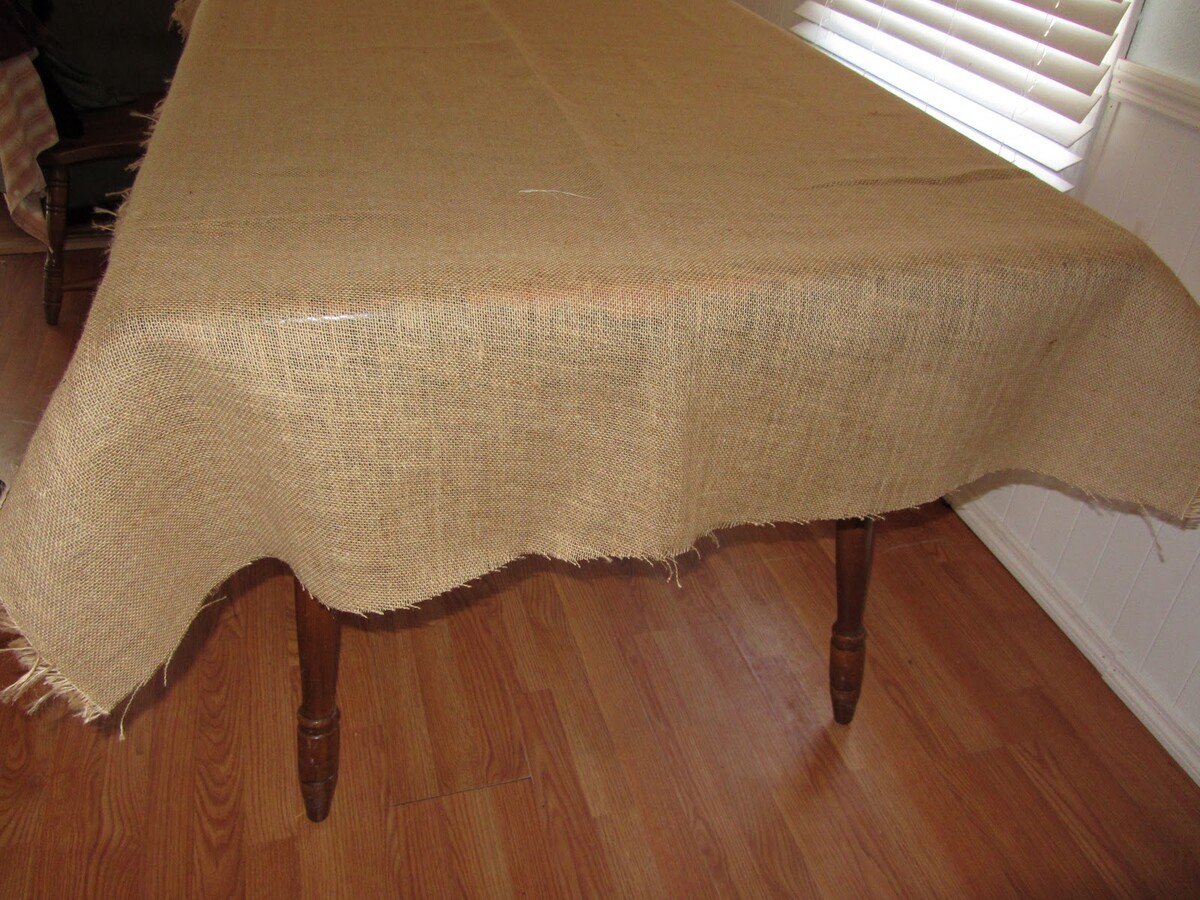
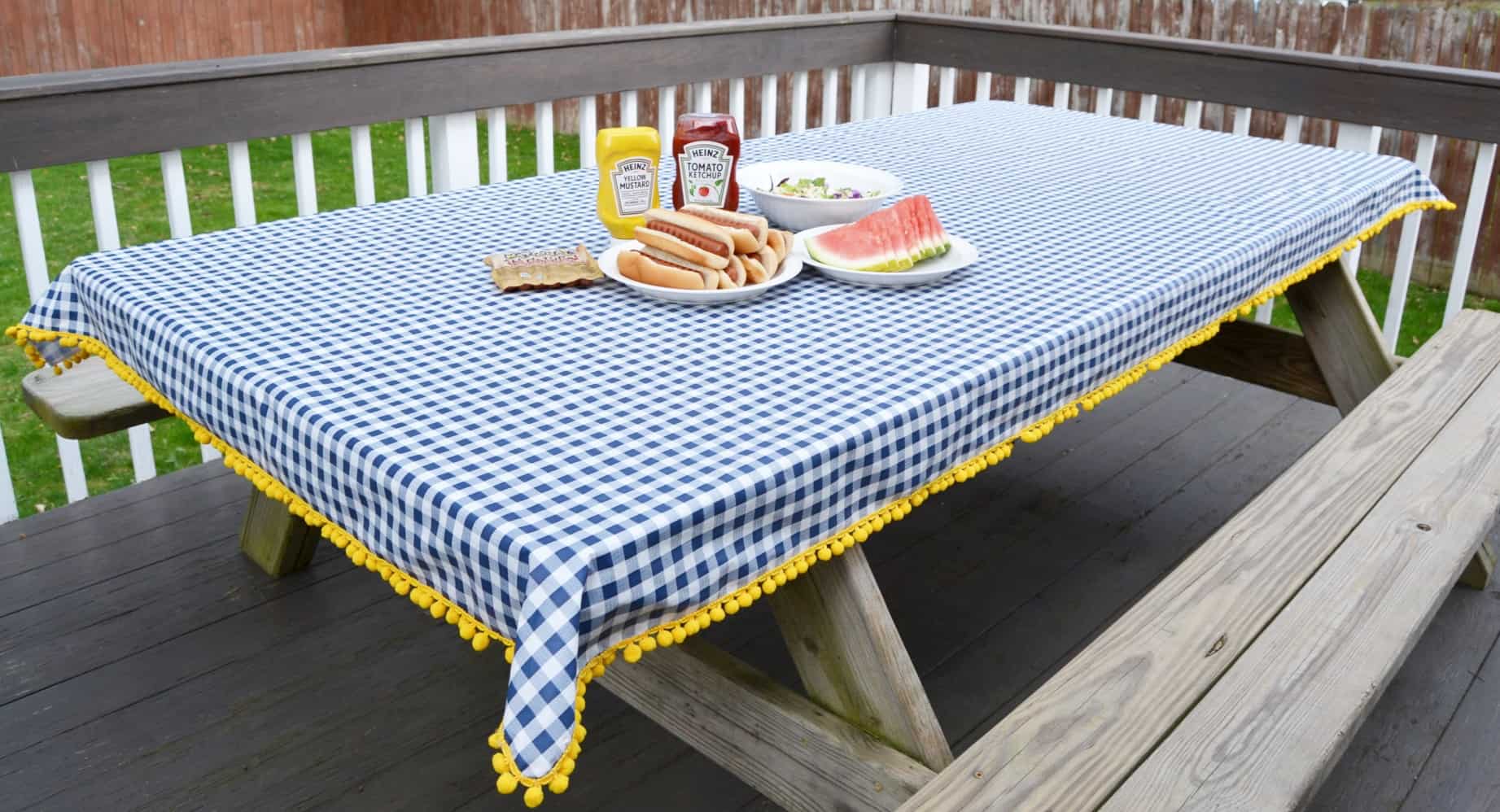
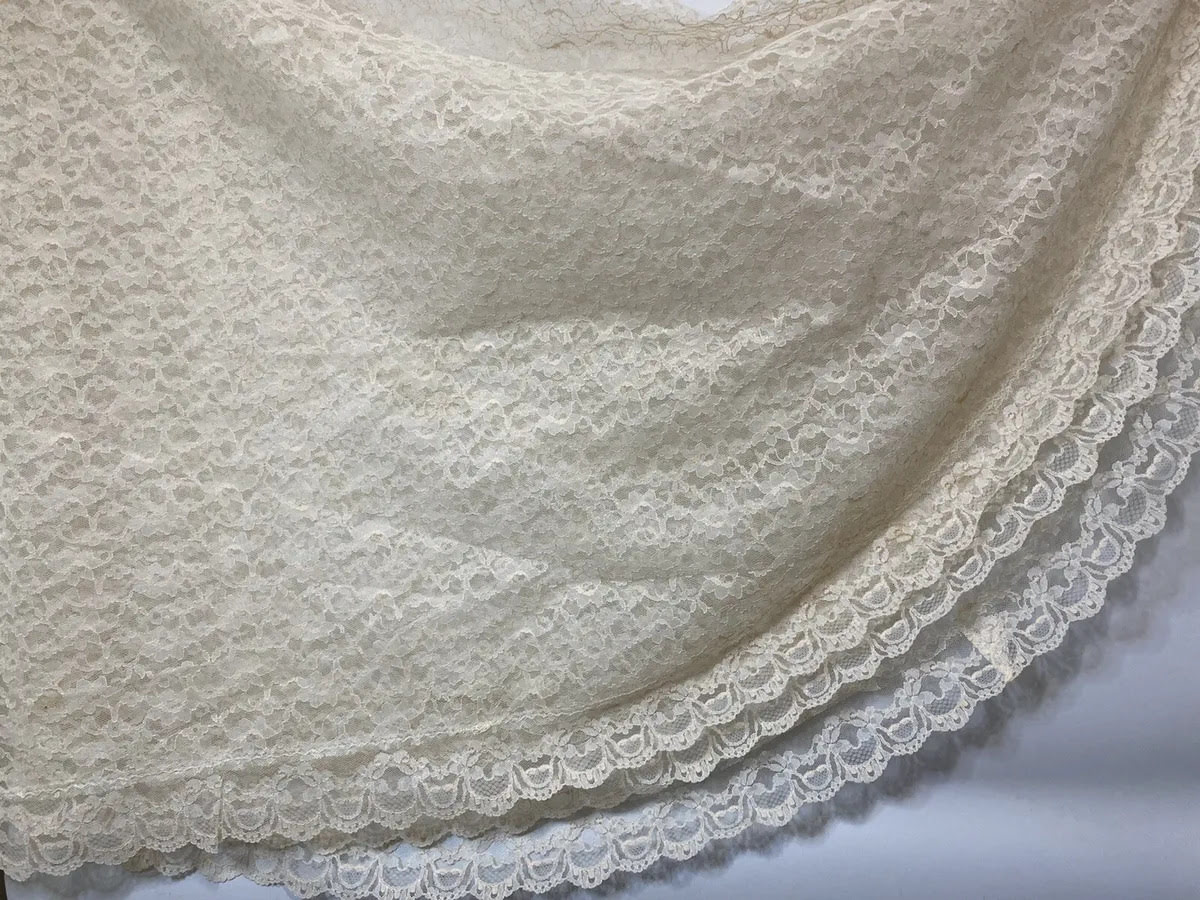
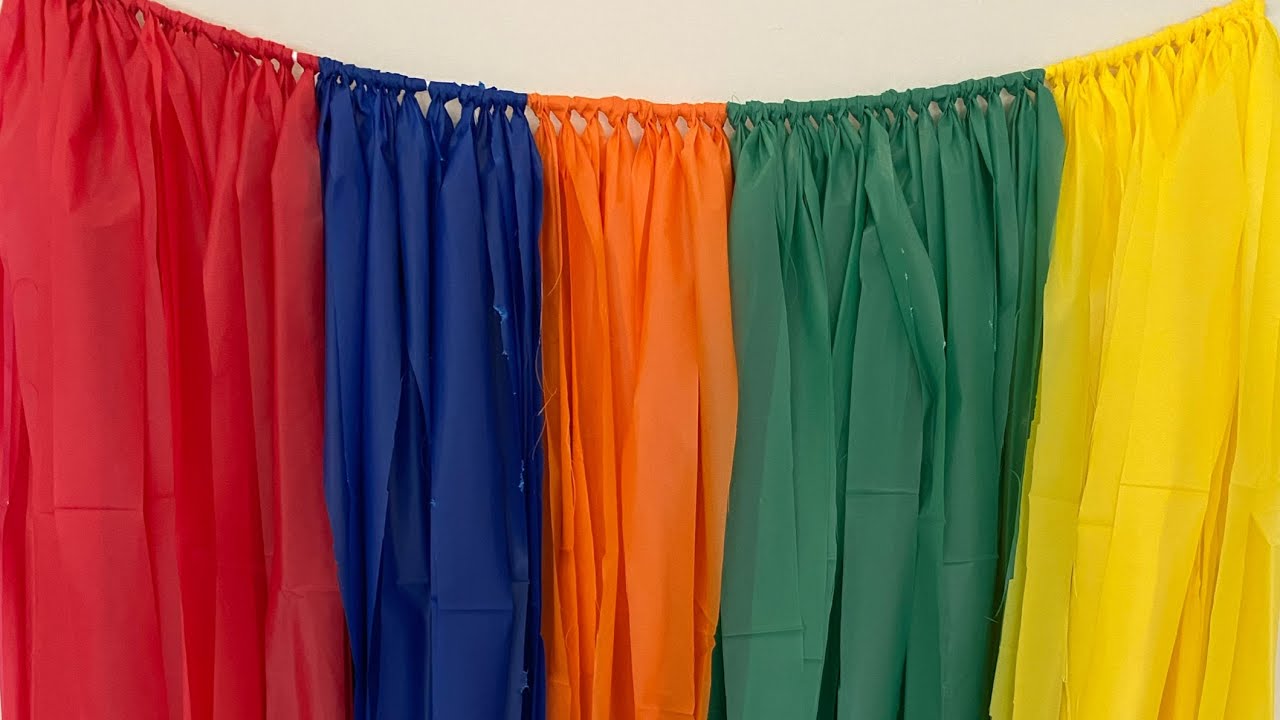
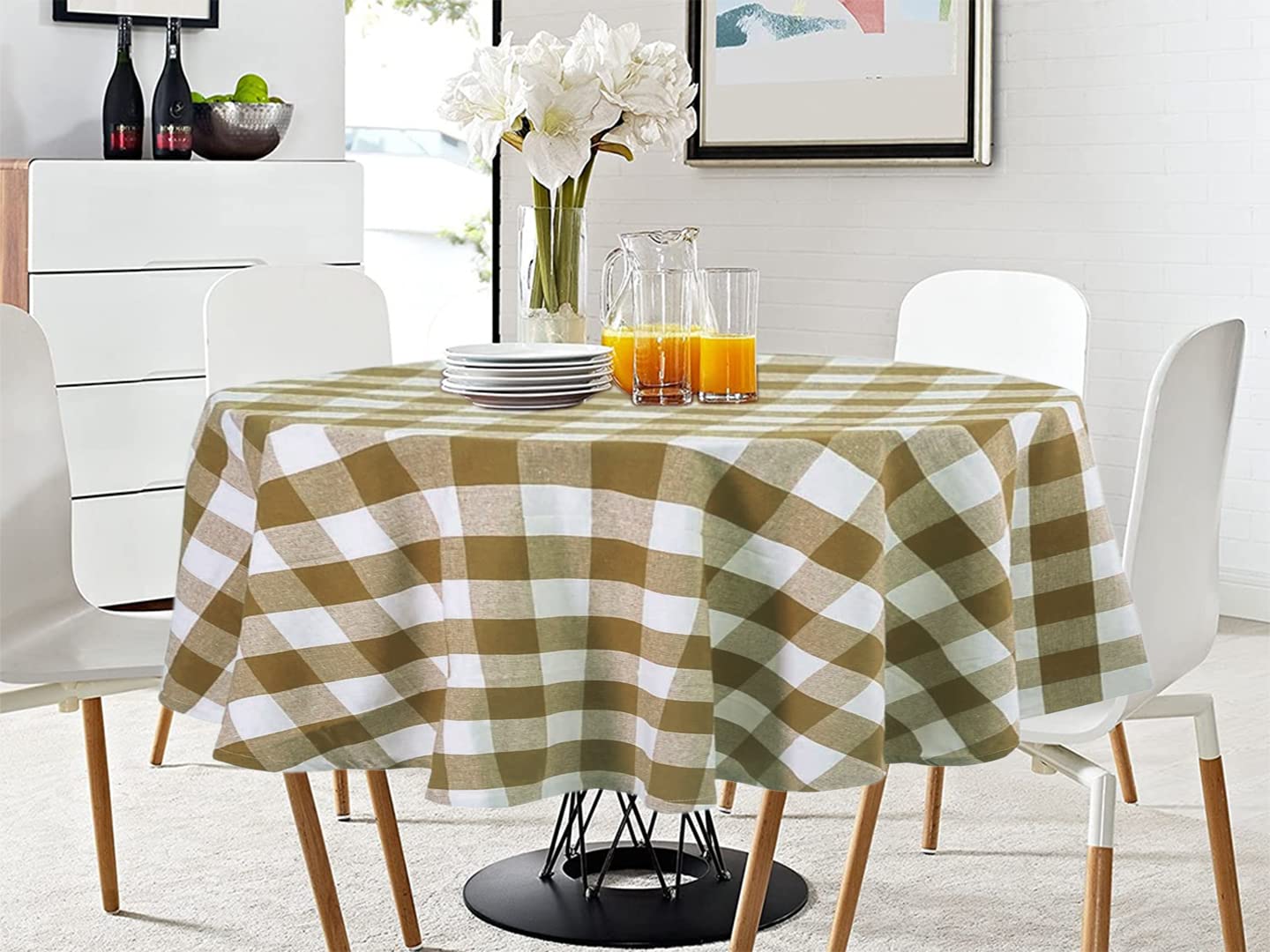
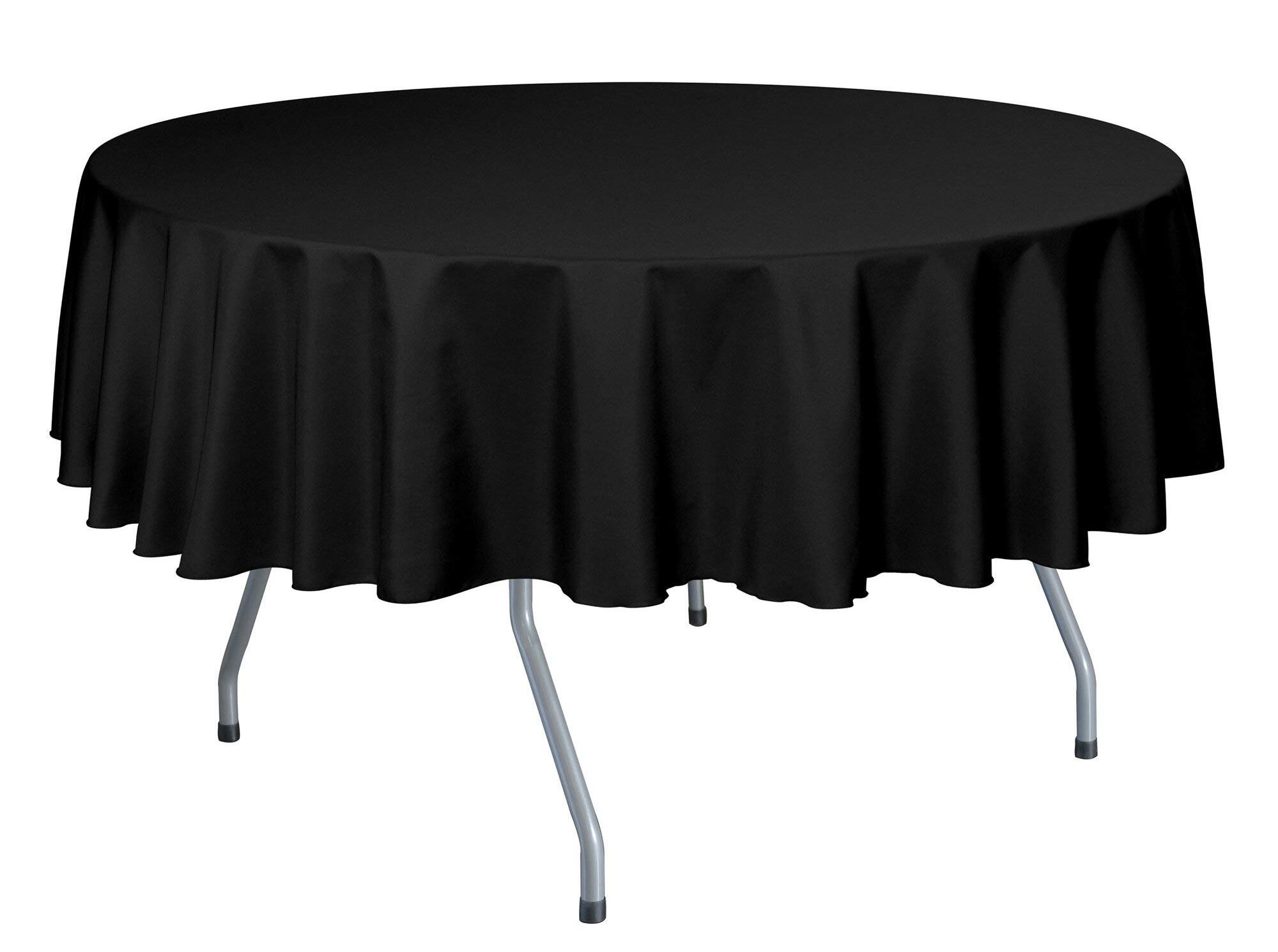
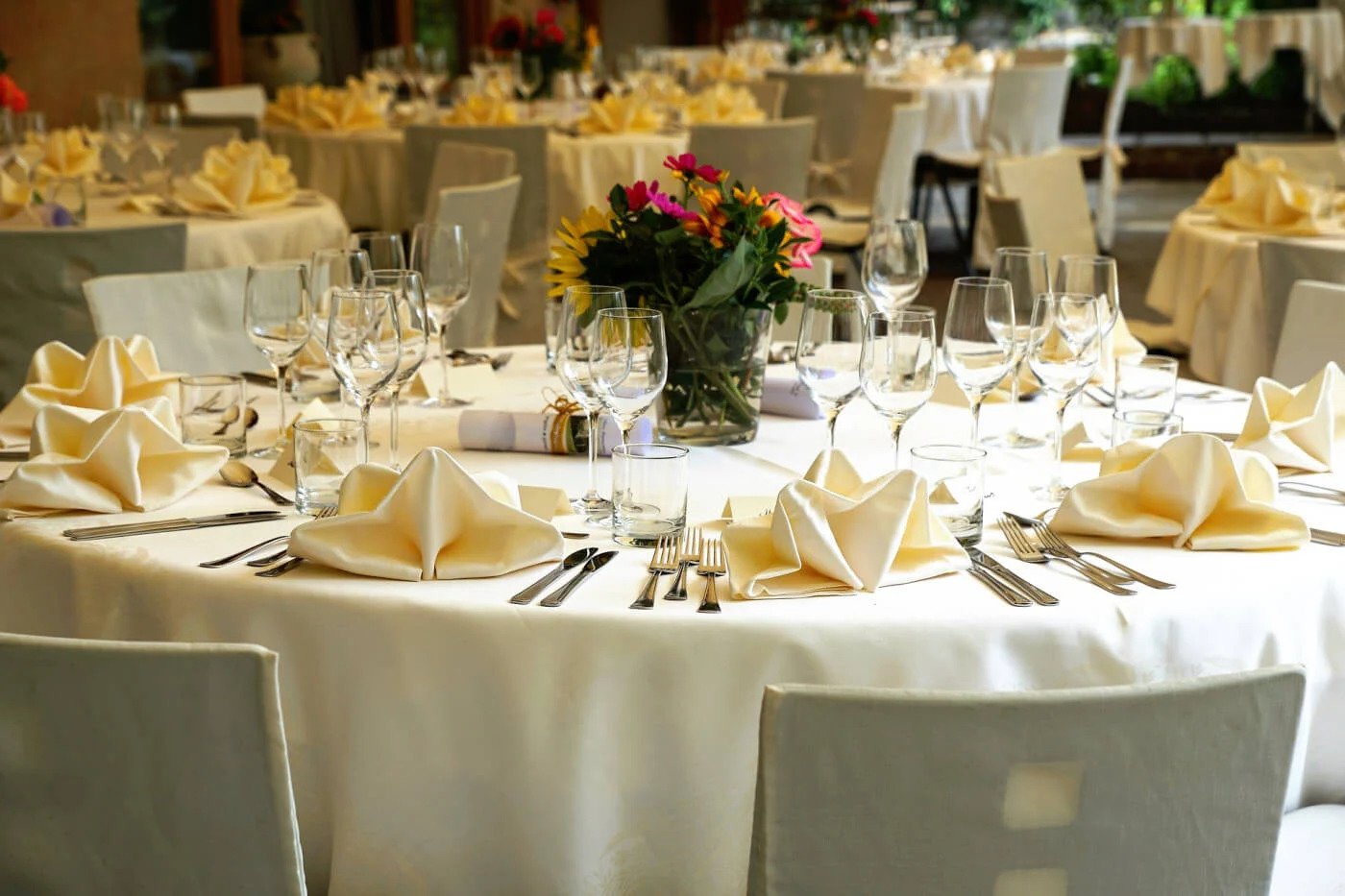

0 thoughts on “How To Make A Round Tablecloth”